The Timeless Saga of Lalu Prasad Yadav: A Tapestry of Resilience and Reflection
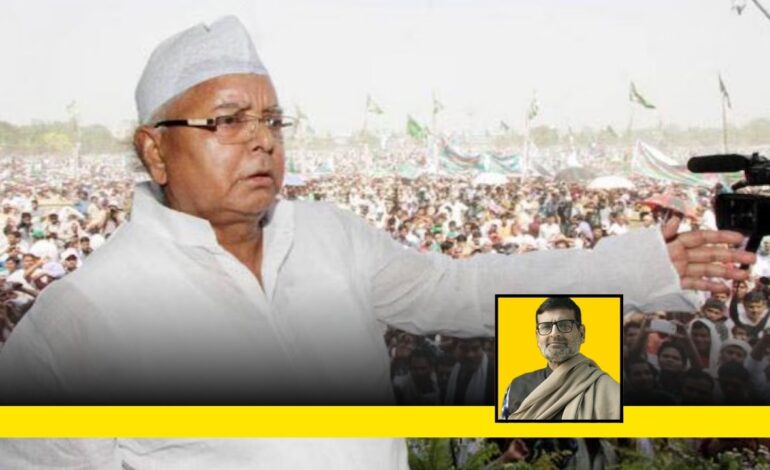
In a political landscape obsessed with image, strategy, and sound bites, Lalu Prasad Yadav defies reduction. He is not just a politician, he is a phenomenon shaped by folklore, satire, struggle, and resounding empathy. This column is not a mere tribute; it’s a lyrical excavation of a man who led with stories, not slogans. Nalin Verma opens a window into a world where a folk ballad holds more truth than a manifesto. This isn’t just about Lalu’s resilience. It’s about the soul of a leader who never stopped being one of the people.
Senior Journalist and author Nalin Verma’s fortnightly column in The AIDEM titled ‘Everything Under The Sun’ continues. This is the 14th article in the column.
Kuchh Baat Hai ki Hasti Mitati Nahin Hamari
Sadiyon Raha Hai Dushman Daur-e-Zaman Hamara
(There’s a spark in our soul that never dims or sways, Though ages bring foes, our time still holds its grace.)
Allama Iqbal crafted this stirring verse as part of Saare Jahan se Achha Hindostan Hamara (Better than all the world, our Hindustan shines) to celebrate India’s resilience and virtue during the British Raj. The lyric, a metaphor for the boundless love Indians hold for their motherland, resonates, in some ways, with the persona of Lalu Prasad Yadav.
The Rashtriya Janata Dal president turned 78 on June 11, 2025. Afflicted by multiple ailments, he is no longer physically active. Post-kidney transplant, doctors have restricted him from mingling with crowds. Yet, hundreds flock to his Patna home, yearning for a mere glimpse of him. His once-unmatched eloquence has faded, but he still greets supporters with a glance or a few words—balmy drops for souls who once braved security to mob him. His millions of admirers seem to have embraced Lalu as his health allows, praying for his long life.
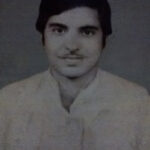
Lalu’s fame ignited early. A rustic boy from Bihar’s backwaters, he rose to become general secretary and later president of Patna University Students Union in the early 1970s, still in his twenties. In 1977, he entered the Lok Sabha, a remarkable feat for someone unsure of his birth date—his illiterate, impoverished parents never recorded it or celebrated his birthday. From 1977 until 2013, when judicial rulings barred him from contesting elections, Lalu remained a legislator, serving in the Lok Sabha, state assembly, Rajya Sabha, or legislative council. Now, for over 12 years, he has been absent from legislative halls, yet he remains the cynosure of all eyes. Few Indian political leaders have sustained such unwavering popularity for over five decades in public life.
The Unfading Spirit of a People’s Leader
Why does the fervor for Lalu—especially among the poor, marginalized, minorities, and voiceless—never wane? Why do Muslims—young or old, man or woman—bristle at criticism of him? Why do the poor adore him so deeply? Why do thousands gather outside jails, day and night, whenever he is incarcerated? Lalu is not the only leader to face corruption charges. Dr. Jagannath Mishra, whom Lalu succeeded as Bihar’s chief minister in 1990, was also convicted in fodder scam cases and jailed alongside him. Yet, Mishra, a three-term chief minister and once reasonably popular, drew few visitors in his final days, passing away in solitude in 2019 at 82.
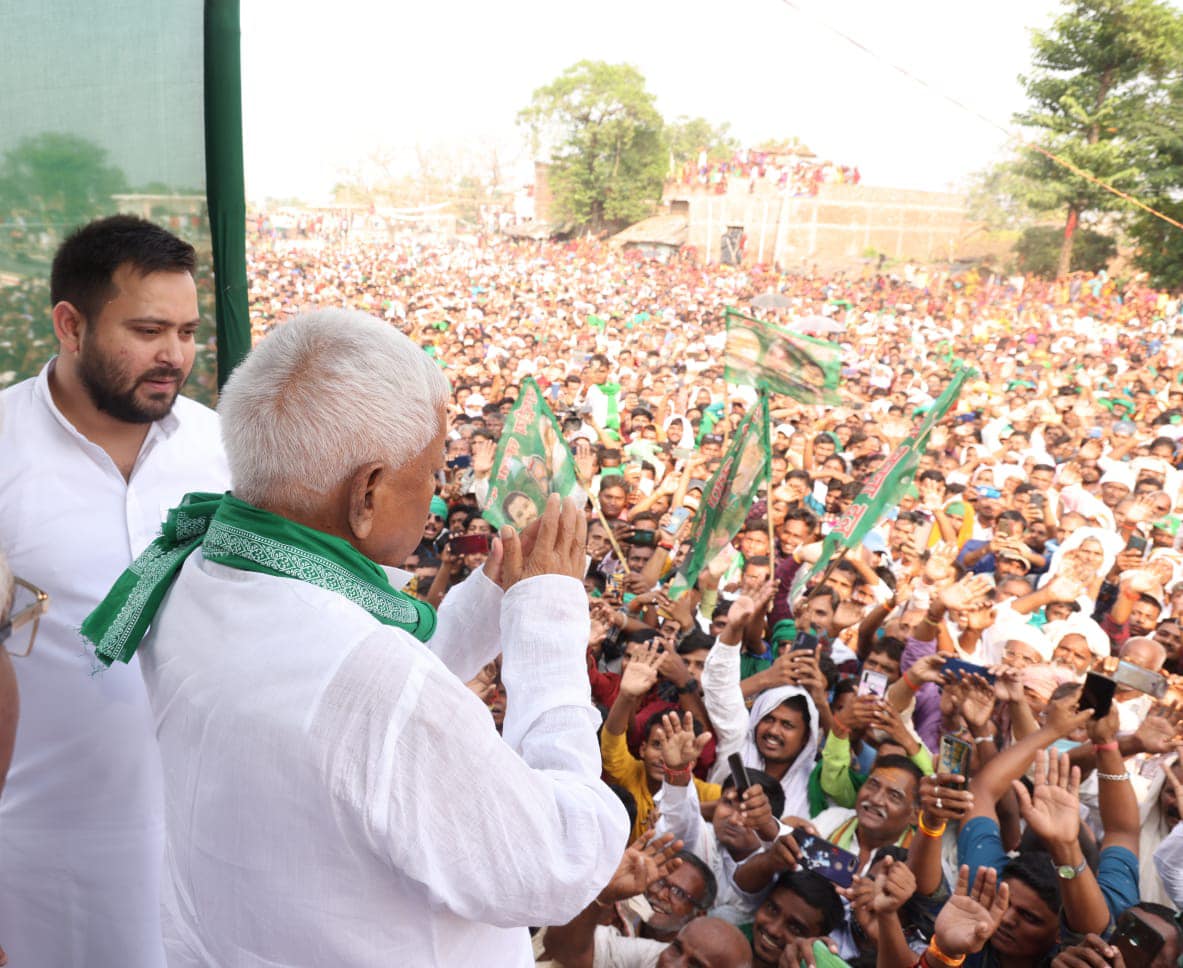
Many of Lalu’s contemporaries – former Prime Ministers Chandra Shekhar and V.P Singh, Haryana’s Devi Lal, Sharad Yadav, Mulayam Singh Yadav, Congress stalwart Sitaram Kesri, Bengal’s Jyoti Basu, Somnath Chatterjee, Indrajit Gupta, Sitaram Yechury—are gone. Lalu’s admirers spanned political spectrums and ideologies. Even Atal Bihari Vajpayee, a former prime minister with a worldview opposite to Lalu’s, cherished his wit and repartee in Parliament. Today, Lalu has few personal friends left, like Shivanand Tiwary and Jagadanand Singh, to share private moments, and they, too, are in the twilight of their lives.

So, what is the secret of Lalu’s enduring allure?
A writer’s journey sometimes unearths a treasure trove of stories. I, a humble scribe in the vast sea of Indian writers, was fortunate to glimpse Lalu’s inner world, thanks to his trust in me. In this column, I aim to unravel the mystery of Lalu’s undying popularity.
From Village Tales to Political Triumphs
While working on Lalu Prasad Yadav’s biography, Gopalganj to Raisina: My Political Journey, I encountered a peculiar challenge. I aimed to steer our conversations toward politics, but Lalu invariably wandered, diving into small talk, memories of village friends, or chats with nurses and maids who tended to him. He’d muse about foods he loved—sattu, saag, aam, aalu-baigan ki sabji, khichri and other desi delights. Keeping him focused on the biography’s theme was arduous. For instance, he’d linger on a tale from Phulwaria village, recounting how he and his friends wrapped a brick in a gamchha, dunked it in a well, pulled it out soaked, and sipped the water while grazing cattle. Mid-discussion, he’d urge me to explore ballads like Sorthi-Birjbhar, Heer-Ranjha, or folk tales tied to the 11th-century Saint Gorakhnath.
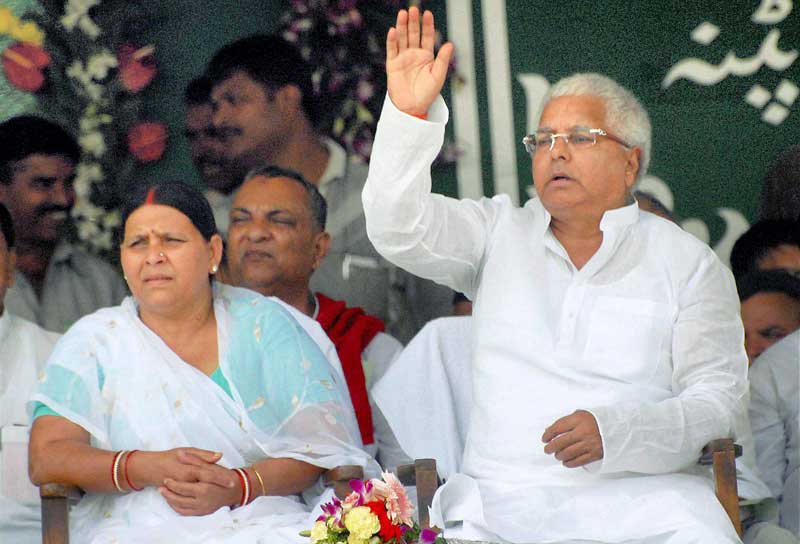
His recall of these stories was fragmented, but certain characters lingered vividly. He’d say, “Why not write about Jalimdev?”—a fictional demon who confined his daughter in his thigh’s skin, devoured humans in Kedalivan forest, and ruled it. In jail or hospital as a prisoner, Lalu yearned for the Sorthi-Birjbhar love ballad as if its characters were living beings. He confessed he cherished folk singers and nautch performers more than politicians or bureaucrats. He’d coax aides Laxman and Asgar to cook foods his doctors forbade, gossip with nurses and doctors about their families, or ask maids about their wages, promising to help them.
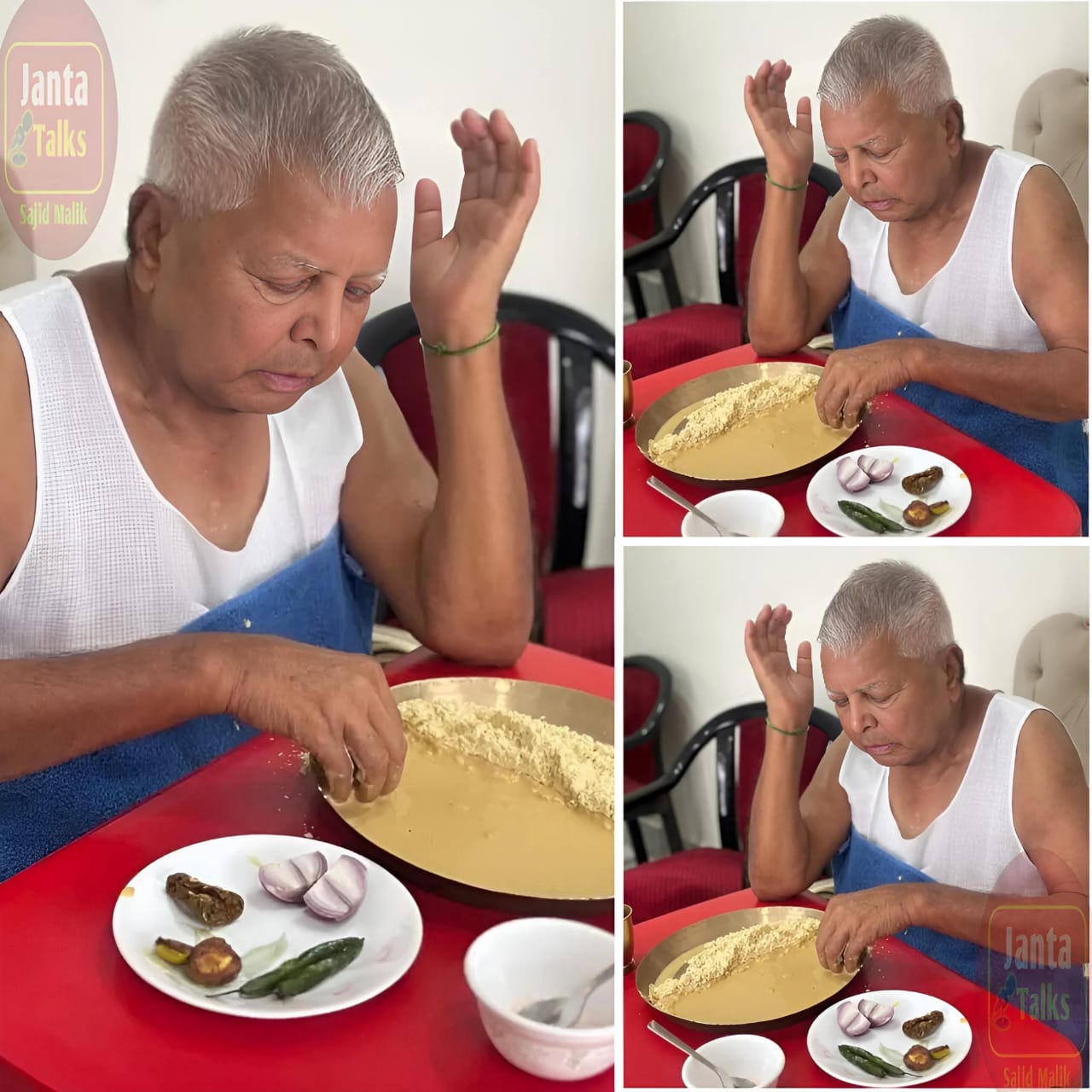
When I asked what he learned from Jayaprakash Narayan (JP), Lalu fondly recalled “Babuji” giving him Rs. 200 to care for his wife and newborn daughter, Misa, and JP’s nurturing warmth. He spoke of Chandra Shekhar, who, like an elder brother, slapped his hand, scolding his “childish” banter and urging him to “get serious.”
Lores of Love: Unraveling Lalu’s Inner World
Initially, these digressions frustrated me. But after the biography’s release, as my meetings with Lalu grew rare, I reflected on his stories. Journalist friends Rasheed Kidwai and Venkitesh Ramakrishnan encouraged me to pen these tales, noting their value as cultural treasures and contributions to India’s folk literature. Thus, Lores of Love and Saint Gorakhnath was born.
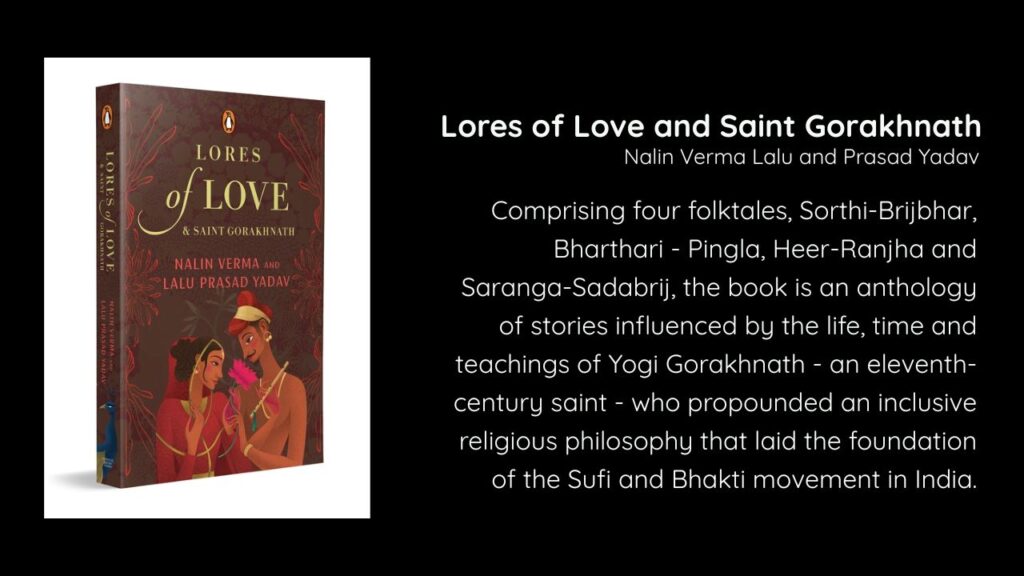
This isn’t the place to delve deeply into the book—readers and reviewers will judge it when it arrives. But writing it offered a glimpse into Lalu’s inner world, brimming with joy in life’s small moments. These, perhaps, have made his saga a timeless phenomenon, transcending the cycle of life and death.
Happy birthday, Lalu Prasad Yadav, and thank you for everything.



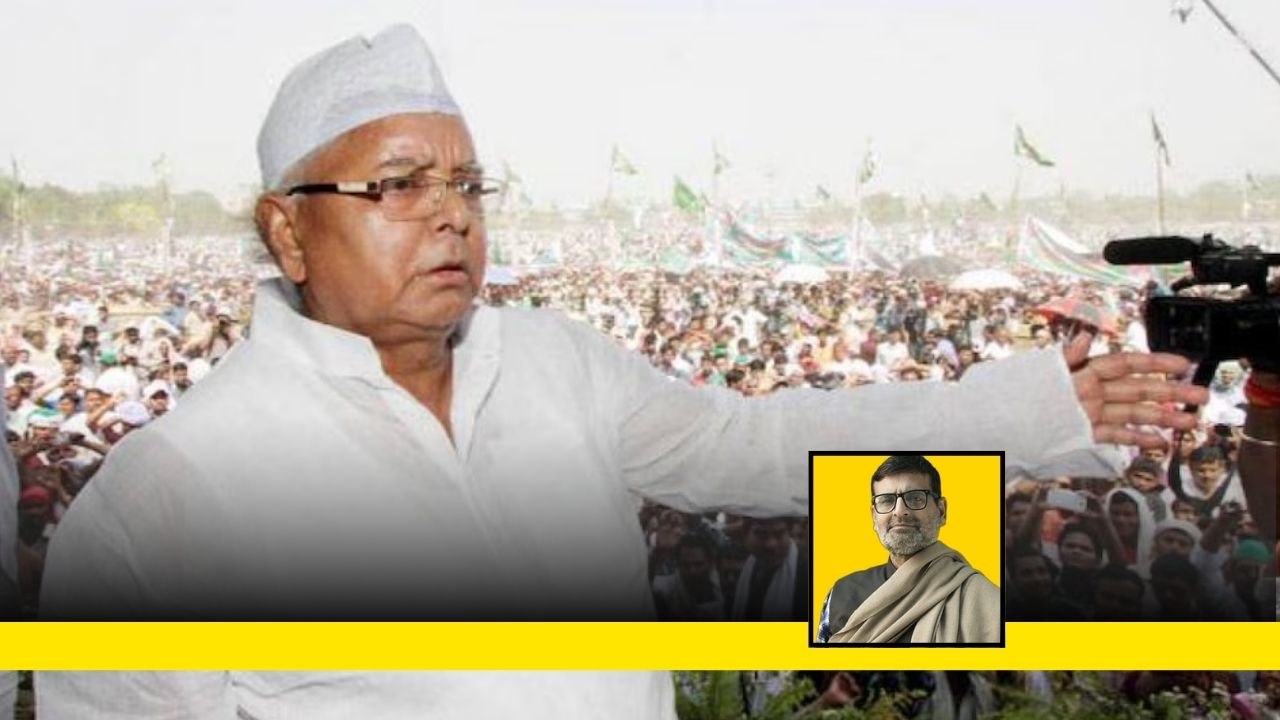



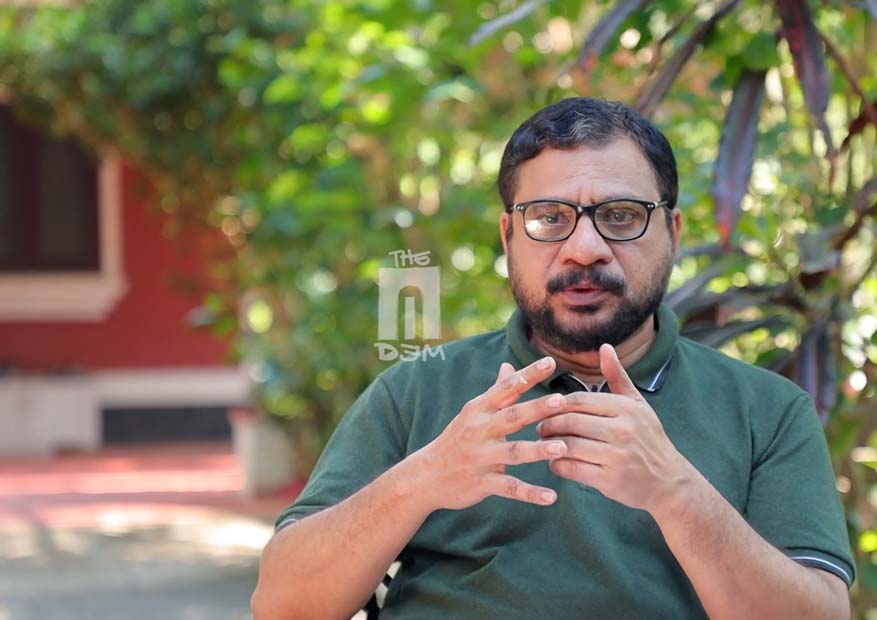
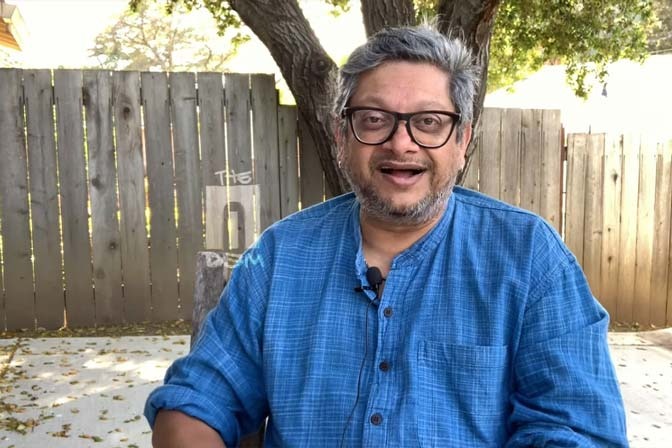
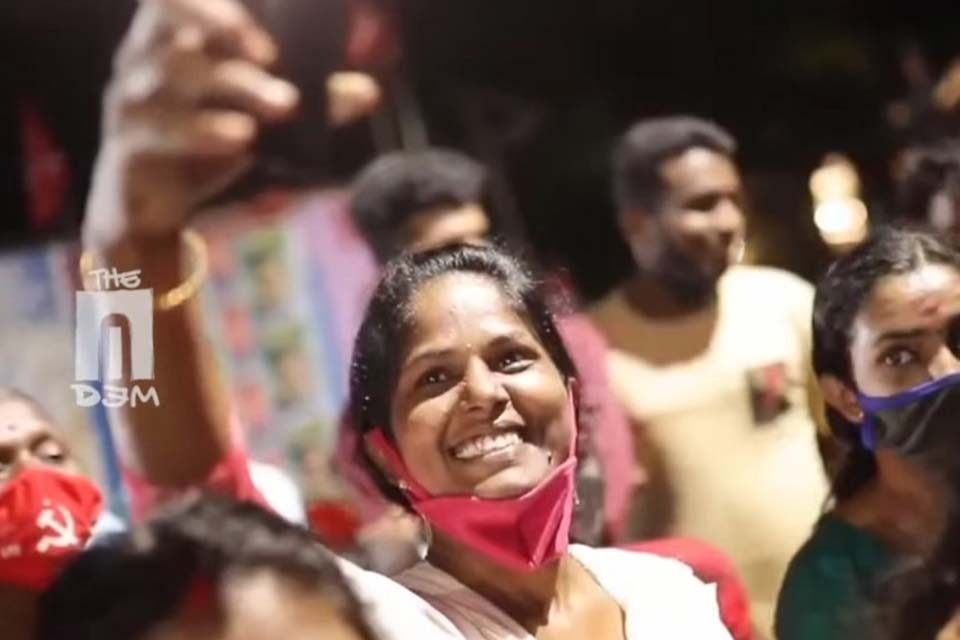
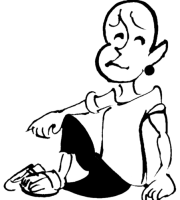
Such an emotional and heartfelt article and what makes it different is it’s uniqueness in painting the life of a politician that too a stalwart like Lalu ji. Everyone knows about his humor and astuteness but very few are aware of his interest in folk stories and folk art. Thank you for penning down this aspect of his life.
wonderfully written.